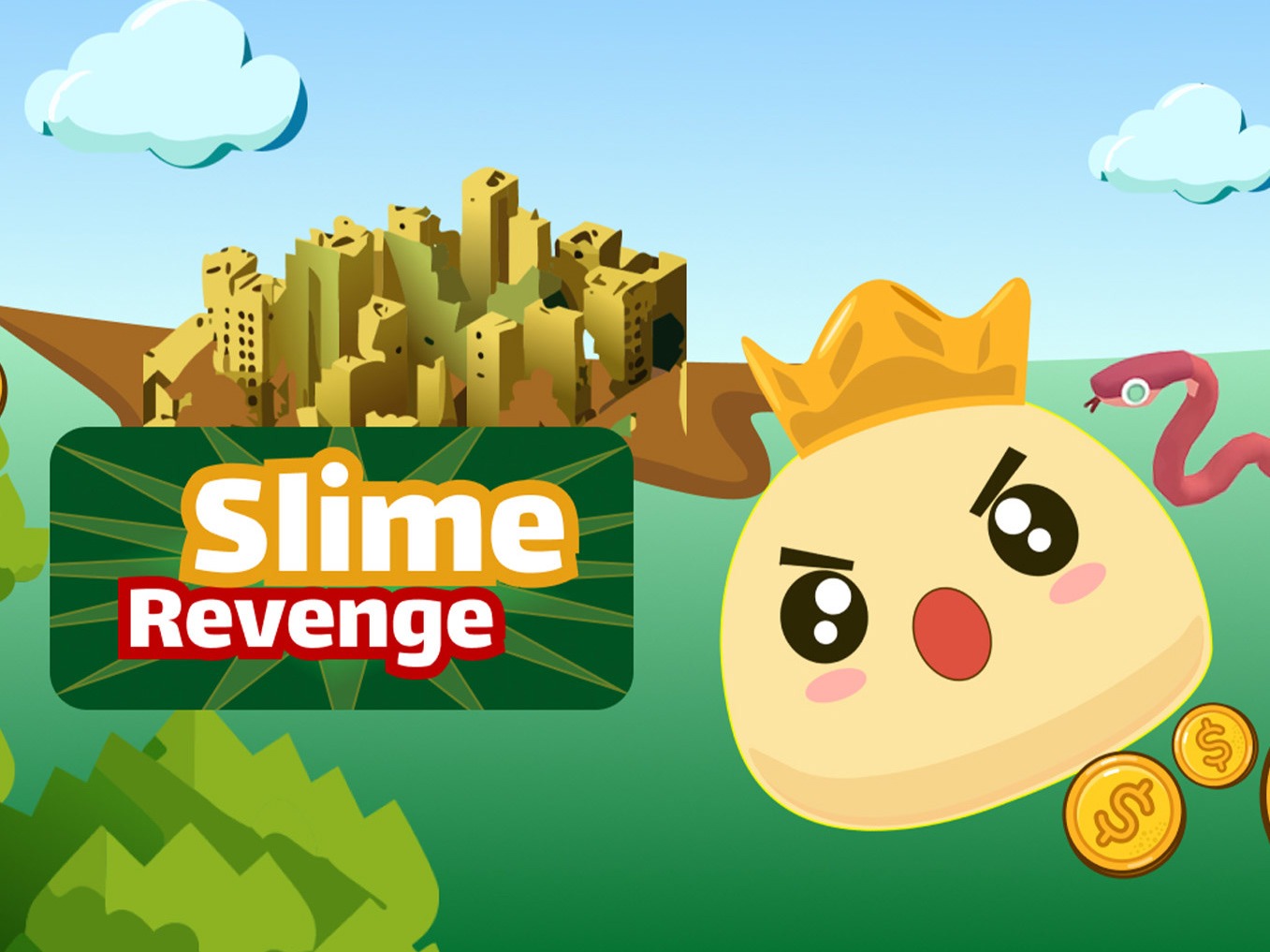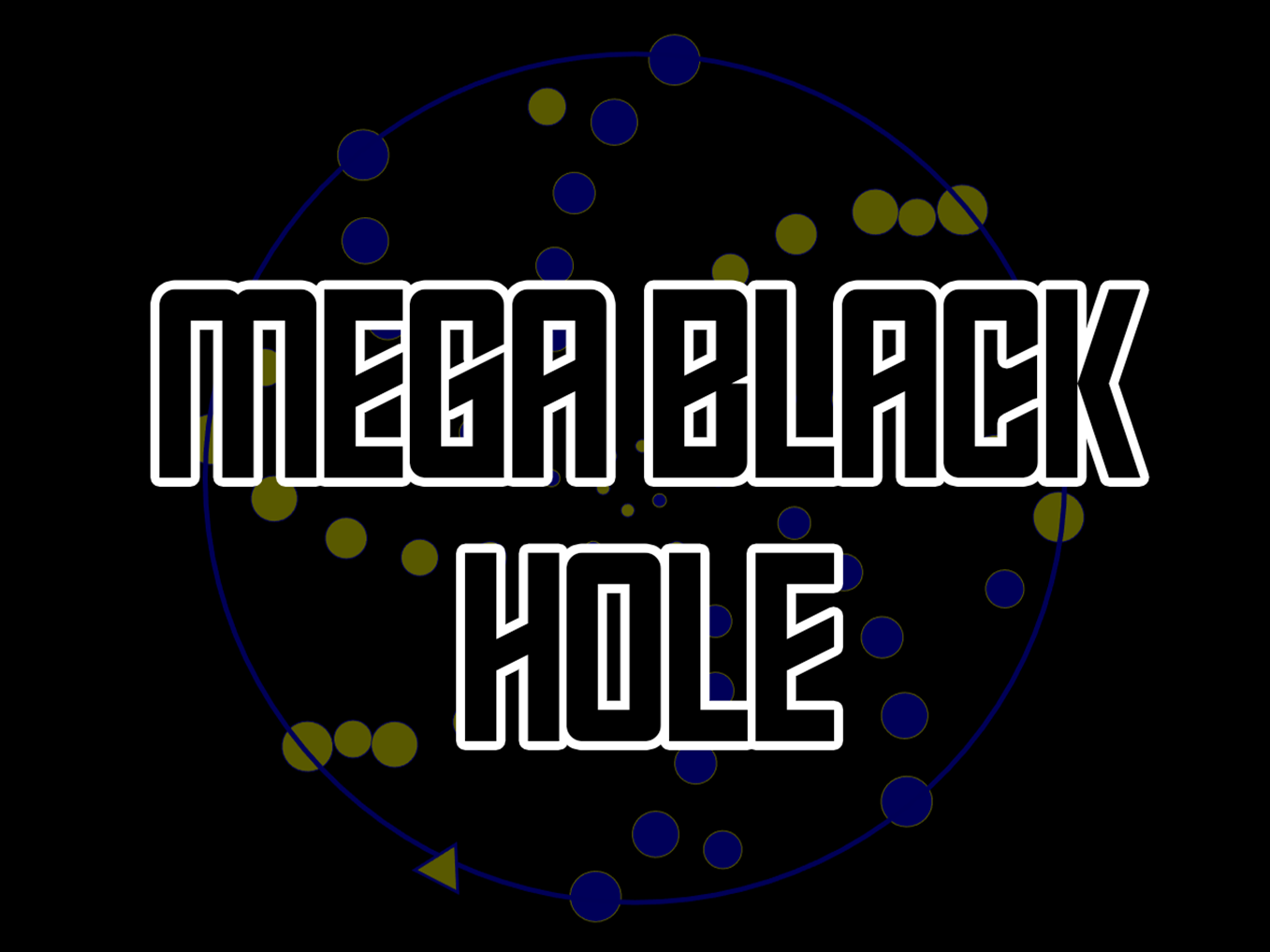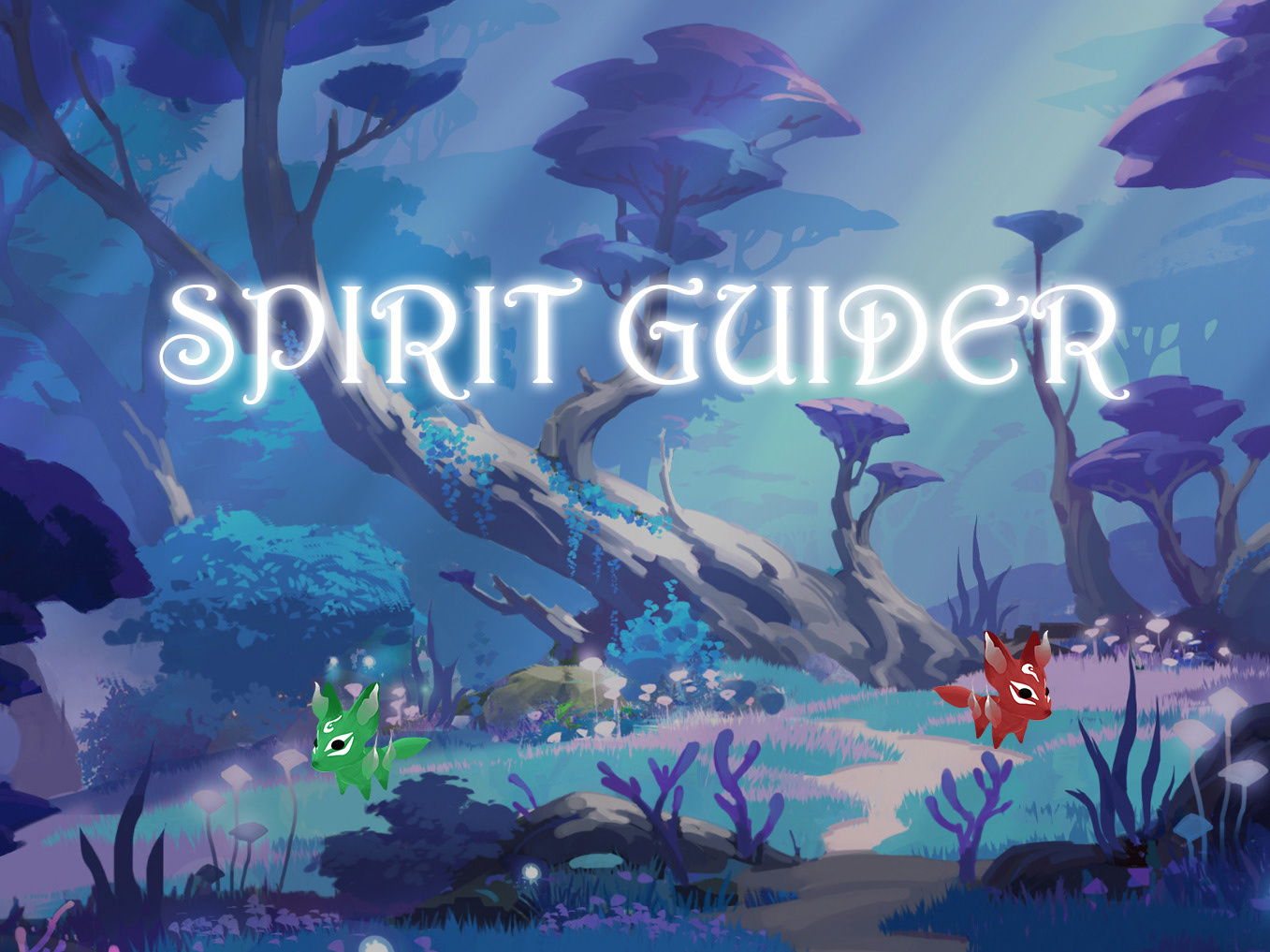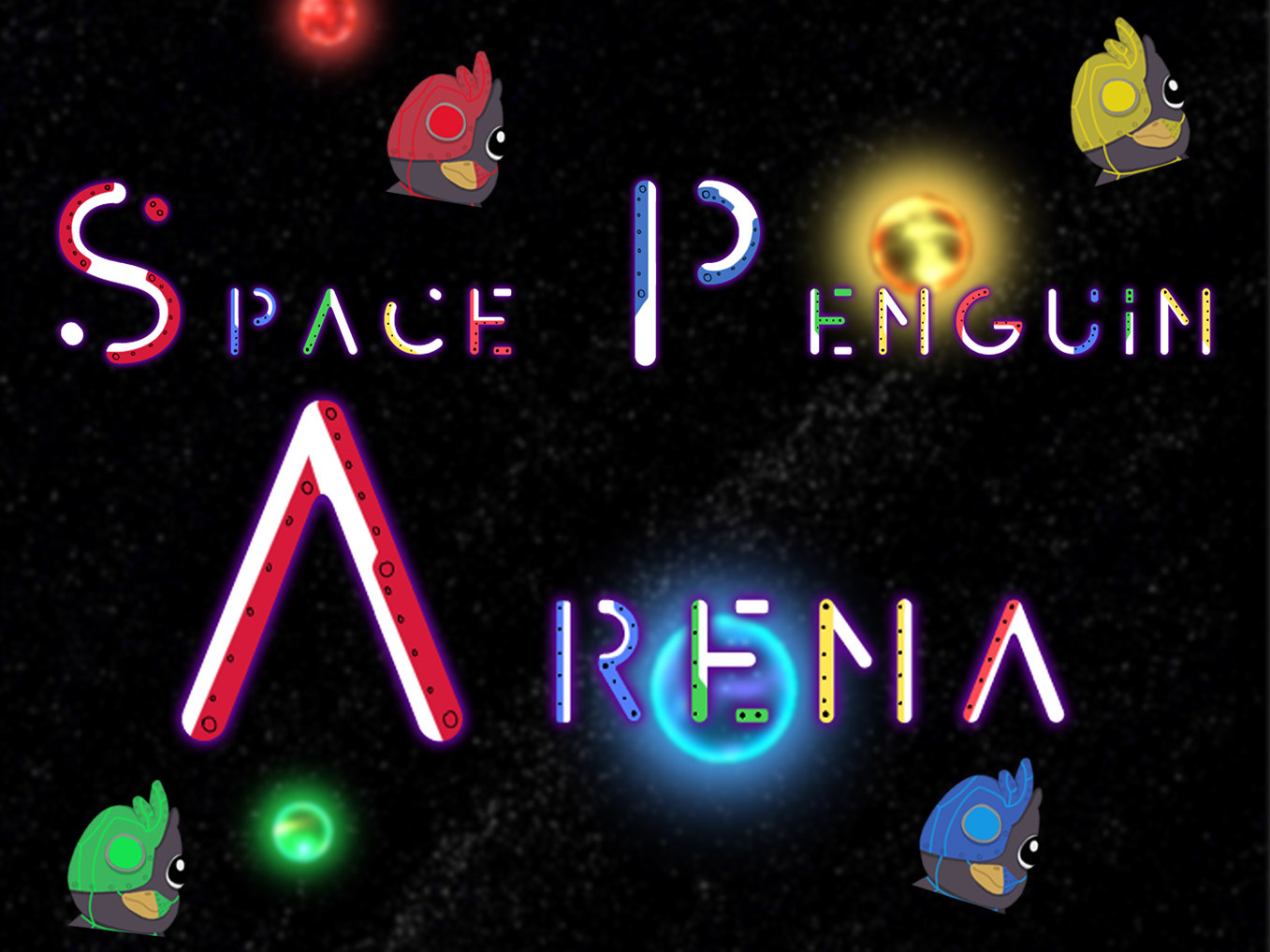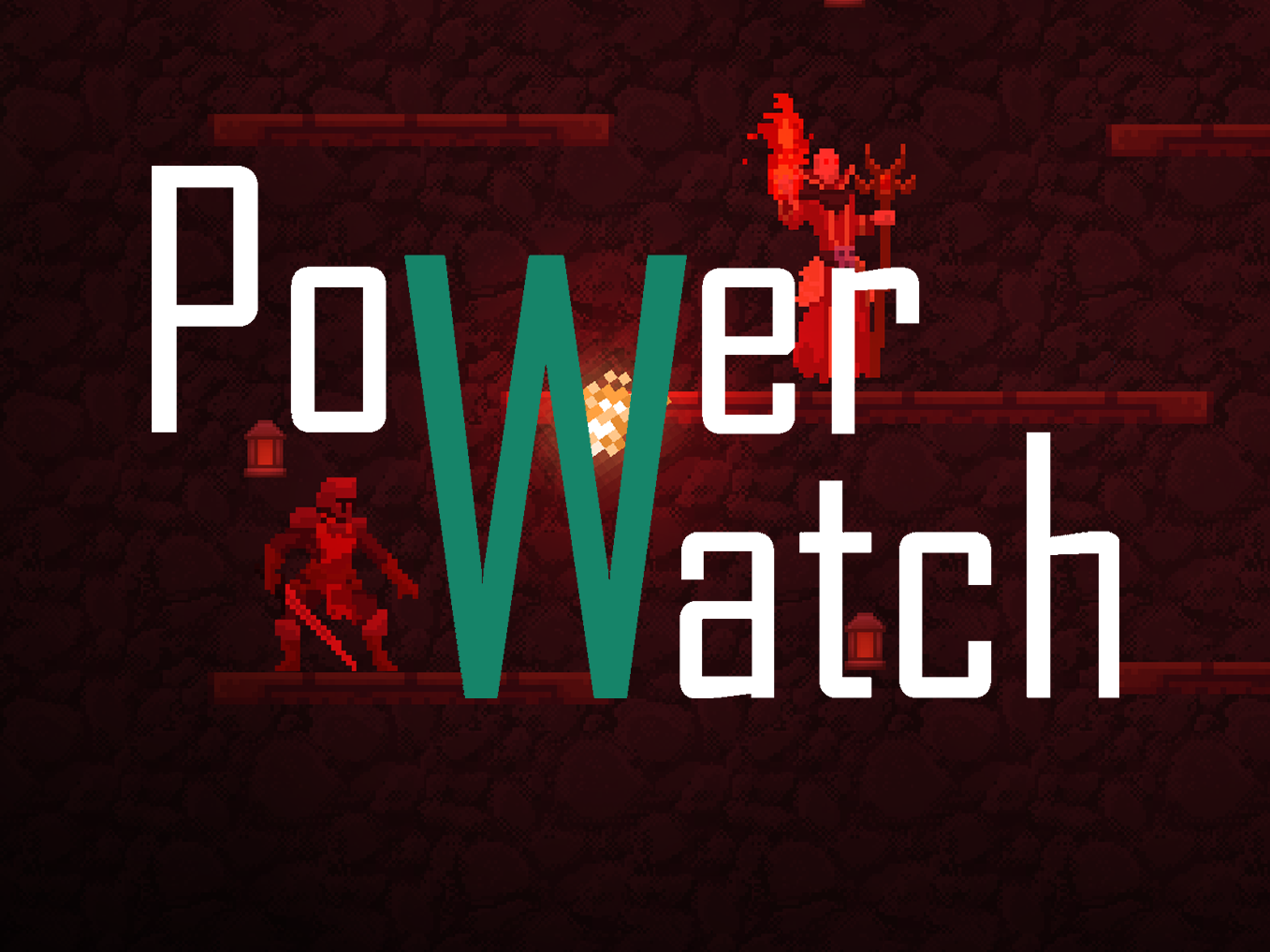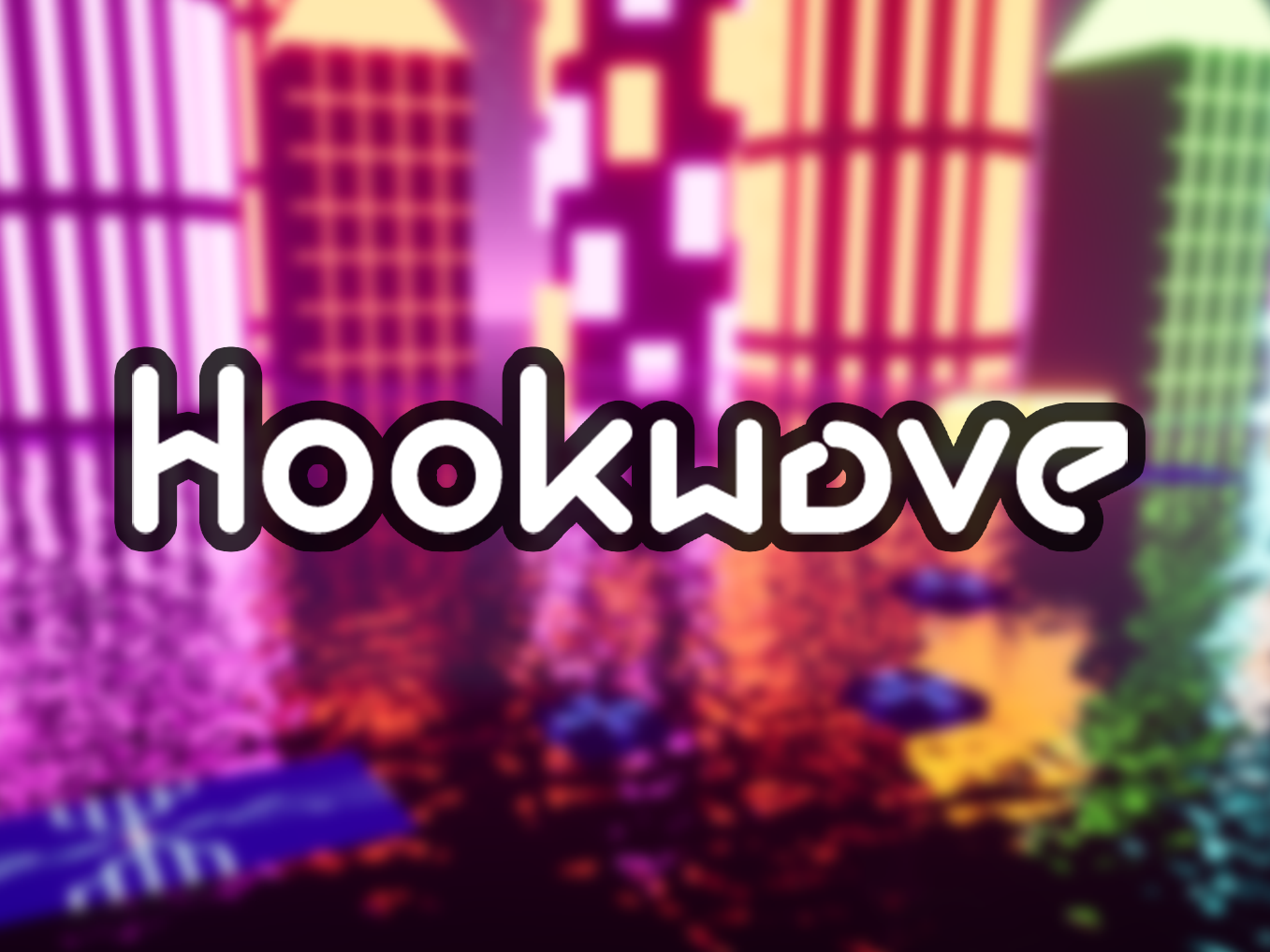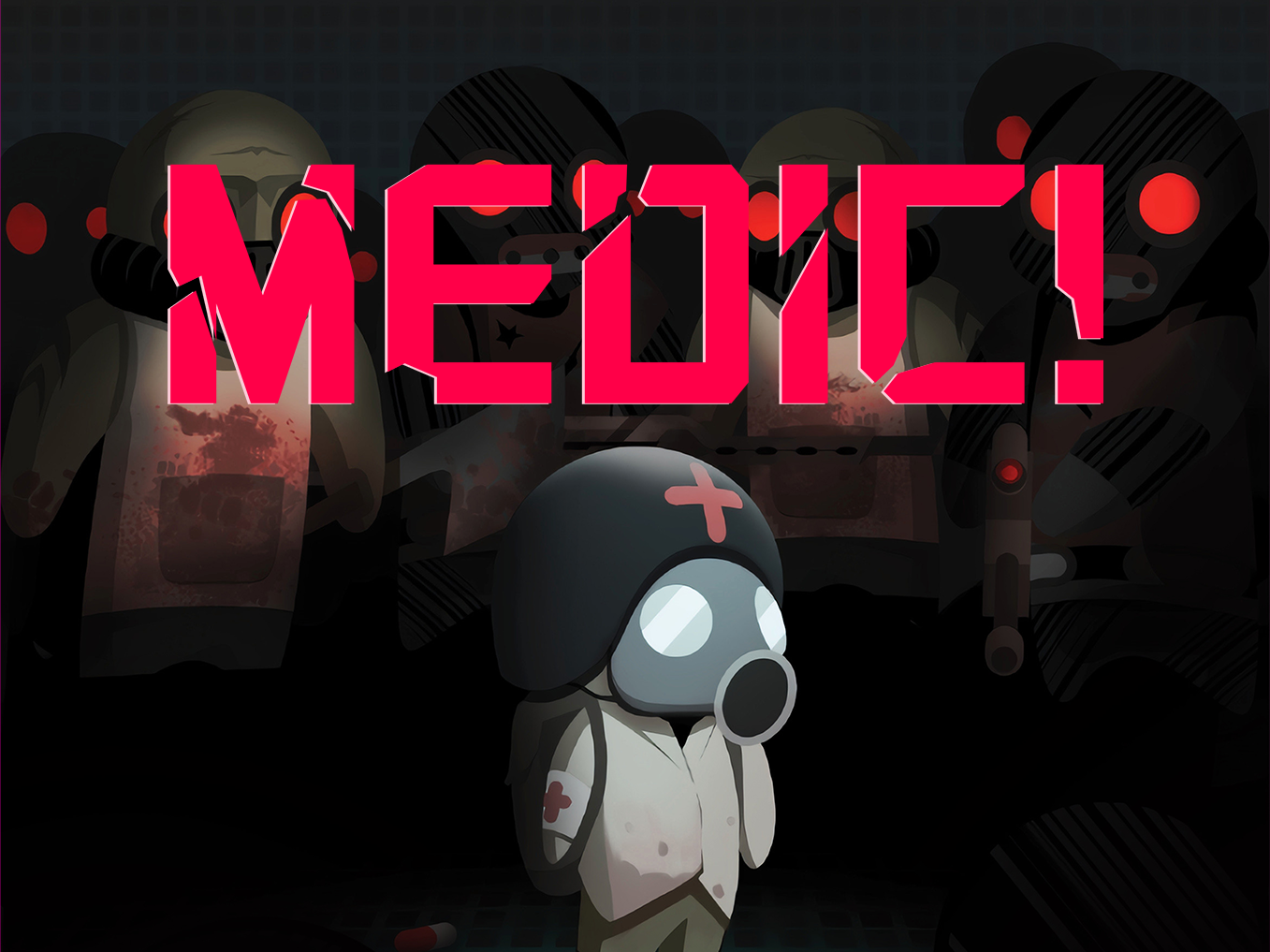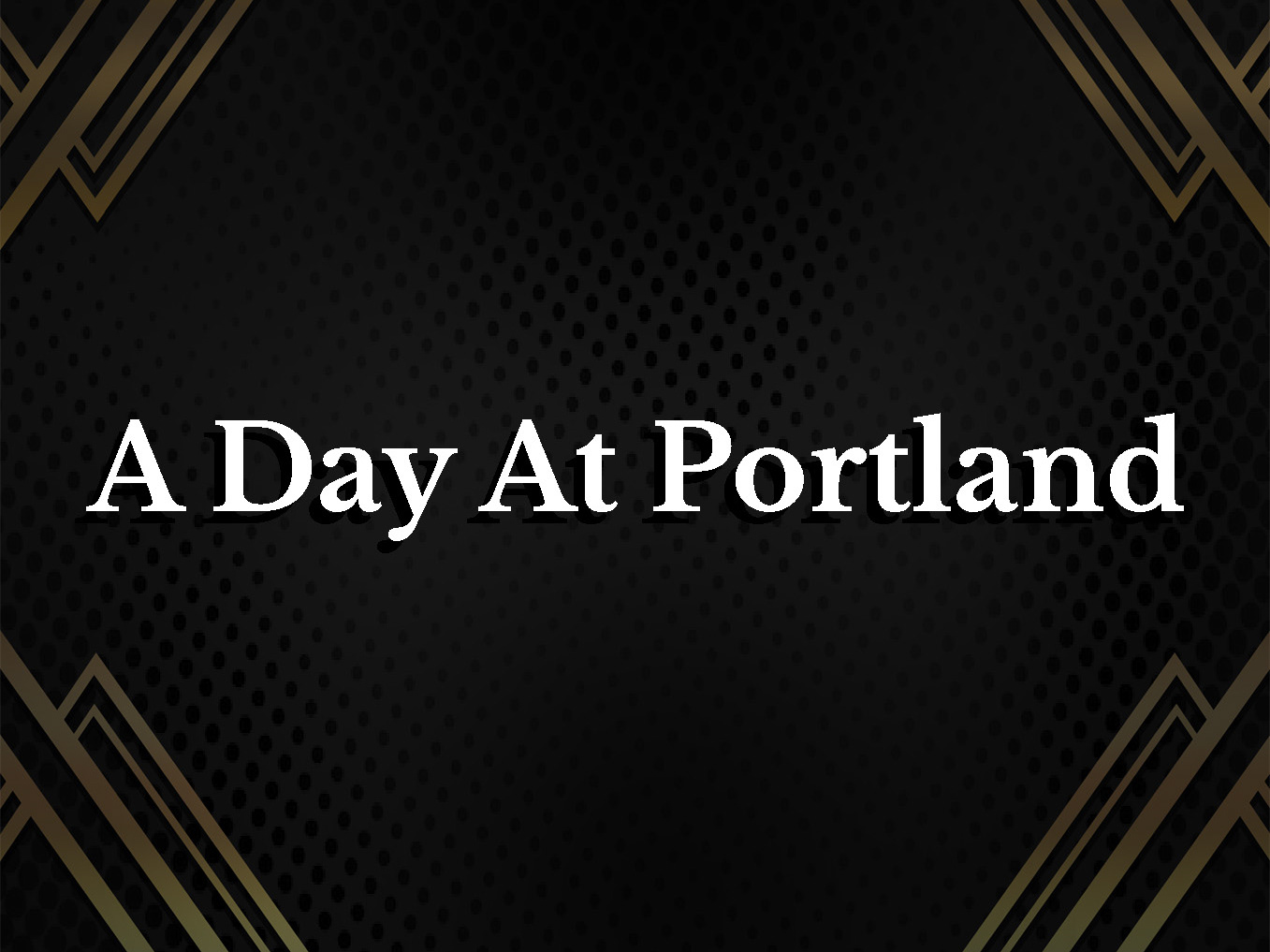Factoshin is a first-person factory-building game where you combine power and engineering to conquer a resource-rich planet to meet the demands of your home planet. Design innovative factories, unlock new powers, and dominate industrial production to become the master of galactic resources.
The first school project carried out for UQAC, the objective was quite simply to make the game we wanted in the given time. Being only 4 developers, we had a lot of trouble on the Design and Artistic part of the game, greatly slowing down production. I was then able to take on the role of Lead Developer and team leader, to organize the work as well as possible, using the knowledge I'd gained from my company experience.
Release : December 2024
Period : 4 months
Platform : Unreal Engine 5 - C++ & Blueprints
Team Size : 4
- 4 Game Developer
My Role : Lead Gameplay / UI Programmer
- Task distribution
- Data Architecture
- Inventory System
- Items Drop
- Quest System
- Every Context Menu UI
- Use of the PCG (Procedural Content Generation) Unreal Plugin
- Art Integration
- Gamefeel
- Git Management
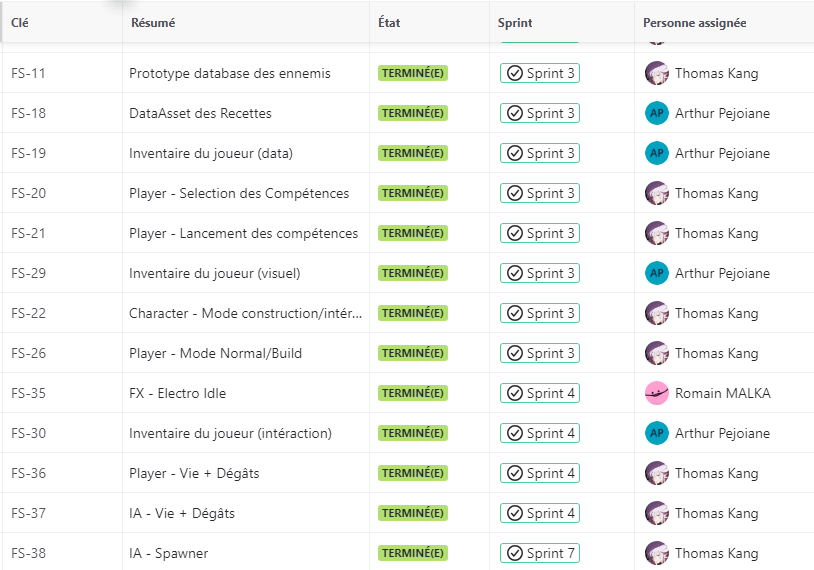

Task Distribution
Throughout the project, I set up a Jira to be able to note and distribute all the tasks. As we were taking courses at the same time, we did one-week sprints each time to get used to each other's times and to take a look at our progress.
Each task had an associated “key” which was used in our commit names to link the Jira to the project.
Inventory System
To manage inventory, I've decided to create an Actor Component that can be added to any actor requiring inventory, whether it's the player or the factories. I can then easily create interactions between two different inventories, and create a specific UI according to the context.
Also, each material exists in the form of Data Assets containing all its specific features, such as its sprite or the maximum number it can contain on a single slot.
Quest System
Quests are an important part of our game, unlocking new features and advancing gameplay. Once again, each quest is a Data Asset that can be easily modified, allowing us to create as many quests as we like. The player sees the objective evolve as he gathers the necessary materials, so he always knows what he has to do.
Procedural Content Generation (PCG)
With no Level Designer on our team, I turned to Unreal's PCG plugin to create a quick and easy environment for the project. So I set out to create a simple forest with a few grasses and rocks, and then added unique locations by hand, such as ruins containing loots, to add interest to the exploration.
